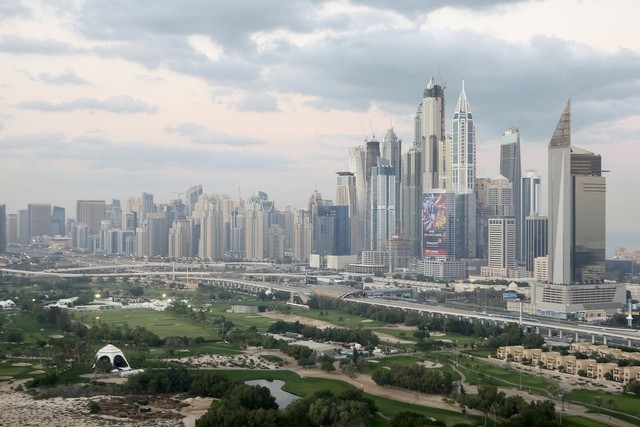
Reidin, Dubai’s major property data provider, said yesterday that developers supplied just 9,397 units in 2015 – compared with start-of-the-year projections from other sources that 25,000 units would be handed over.
This is the latest chapter in an argument between property developers and brokerages over the outlook for Dubai’s property market – a dispute that came amid the Dubai Government’s introduction of a new law that limits the ability of private companies to conduct surveys in the emirate. ?
Property brokerages will see the new data as proof that they were right about the emirate’s housing market – while property developers will read the evidence as proof that the brokerages were wrong all along.
Real estate broker and researcher JLL said at the beginning of the year that 25,000 new properties would be added to Dubai’s real estate market over 2015, even as a high US dollar and government measures led to a slowdown in sales.
This forecast led Ziad El Chaar, managing director of Damac Properties, to accuse brokers of “professional malpractice” because of what he described as their inaccurate projections.
But JLL said that Damac and other critics just did not understand its forecasts. “Developers were saying that they planned to deliver between 20,000 and 25,000 new units in 2015,” said Craig Plumb, head of Mena research at JLL. “That’s exactly where those figures come from – the developers themselves.”
Mr Plumb said that it was always acknowledged that just “40 to 45 per cent of planned units actually get delivered”. JLL calls this the “materialisation rate” – the number of planned units that actually end up on the market.
Given this figure, JLL’s projection for actually delivered units would fall between 8,000 and 11,250 – and Reidin’s figure of 9,397 units is squarely within this range.
But JLL’s report for the fourth quarter of 2014, in which the firm offered forecasts for new units in Dubai, does not mention the materialisation rate – crucial to inferring the actual number of delivered properties JLL expects.
Information on the materialisation rate was contained in previous editions of the report, along with more detail on the methodology and assumptions used by JLL, Mr Plumb said.
The dispute is thought to be a factor in a new law, passed in November, that requires private companies to seek permission from the Dubai Statistics Center before conducting surveys in the emirate.
Damac did not respond to a request for comment.
Regardless of the accuracy of the beginning-of-year forecasts, analysts agree that developers are now choosing to deliver even fewer properties as Dubai’s housing market cools.
This has led Reidin to forecast that house prices could actually rise in Dubai next year.
“Supply will continue to be pushed back as developers respond to declining prices by delaying existing projects,” Reidin said in its report. “Fears of oversupply are exaggerated, especially given the fact that a robust and expansionary fiscal policy will continue to lead to job creation,” it said.
While Dubai developers plan to deliver more than 25,000 new units in 2016, Reidin believes that only 31 per cent of this will materialise – or about 7,500 units, even fewer than this year’s new supply.
“If demand continues to outstrip supply we [believe] that prices will begin to accelerate again,” Reidin said in a report.
Mr Plumb said this was an “optimistic” prediction.
 Comments ( 0 )
Comments ( 0 )
 Post a Comment
Post a Comment